A solid-state relay (SSR) is simply an IC that functions as a mechanical relay. The only difference between this SSR with the mechanical relay is that there is no moving contact in a Solid-State Relay. This SSR allows us to control high-voltage AC loads from lower voltage DC control circuitry. This is achieved by using infrared light as the ‘contact,’. In short, a solid-state relay is just an IR LED and a photometric enclosed into a little box. Thus we make use of the Phototriac coupler to turn it ON and OFF.
Solid-state relays offer numerous advantages over mechanical relays. One such advantage is that they can be switched by a much lower voltage and at a much lower current than most mechanical relays. Also, as there are no moving contacts, solid-state relays switched much faster and for much longer periods without wearing out. This 1-Channel Solid-State Relay Module is compatible with Arduino and hence interfaced easily.
Triggering at a high level indicates that there exists a forward voltage between a signal triggering terminal (CH1) and negative supply voltage. This usually connects positive supply voltage and triggering terminal together. When the triggering terminal contains a positive supply voltage or reaches the triggering threshold voltage, the relay will pull in.
While triggered at a low level resembles 0V voltage between the signal triggering terminal (CH1) and negative supply voltage. Or the voltage at the triggering terminal is lower than the positive supply voltage. Thus lowers to a triggering voltage, and the relay will pull in. It generally connects negative supply voltage and triggering terminal together. These relay module offers a wide range of applications in AC circuits as a TRIAC but offers only limited applications in DC. Along with that, this relay is suitable to control the AC load, not for DC load.






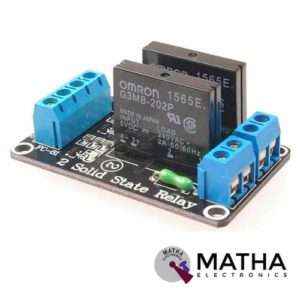

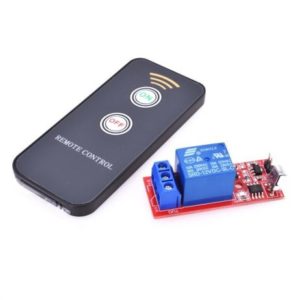
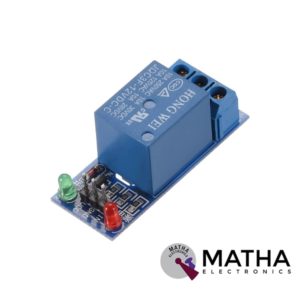
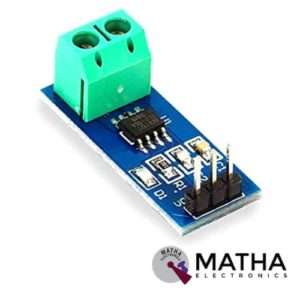


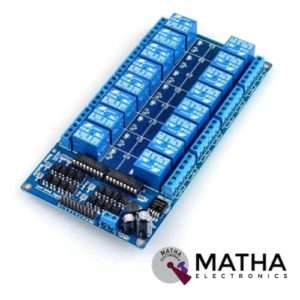




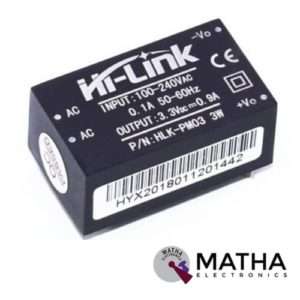



Reviews
There are no reviews yet.